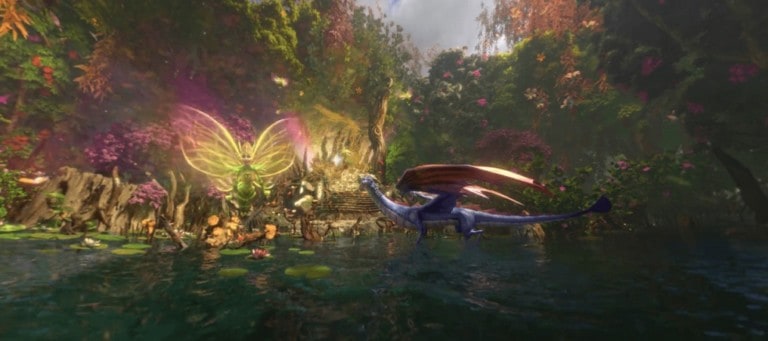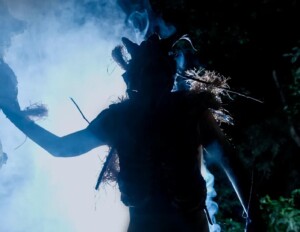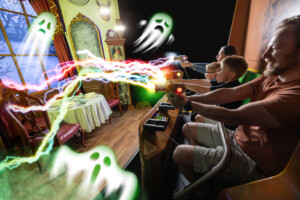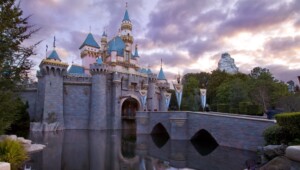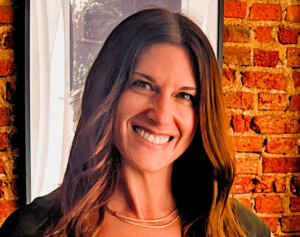Ancient caves’ walls were the storybooks of their time. They gave our predecessors a canvas to express their thoughts and emotions.
By Meghan Stockham and Ashley Prescott, Falcon’s Creative Group

Some used the platform to show off their animation skills. You might be asking, “How can that be?” Notable art historians point to many findings that show a series of images that imply movement, hence animation. Thankfully, we as a species have progressed beyond cave paintings, although some of that work is quite good!
James Blackton is often credited with creating the first hand-drawn animated film, a 1906 silent cartoon called Humorous Phases of Funny Faces. Since then, many talented folks have carved out successful careers as animators.

If there was a Mount Rushmore for this niche, Frank Thomas and Ollie Johnston, two of Disney’s Nine Old Men, would certainly be represented.
The legendary Thomas and Johnston were among the first to truly capture the essence of realism in movement. They even wrote a book about it called The Illusion of Life: Disney Animation. The twelve animation principles they detailed are universally recognized throughout the industry, including in themed entertainment’s corner.
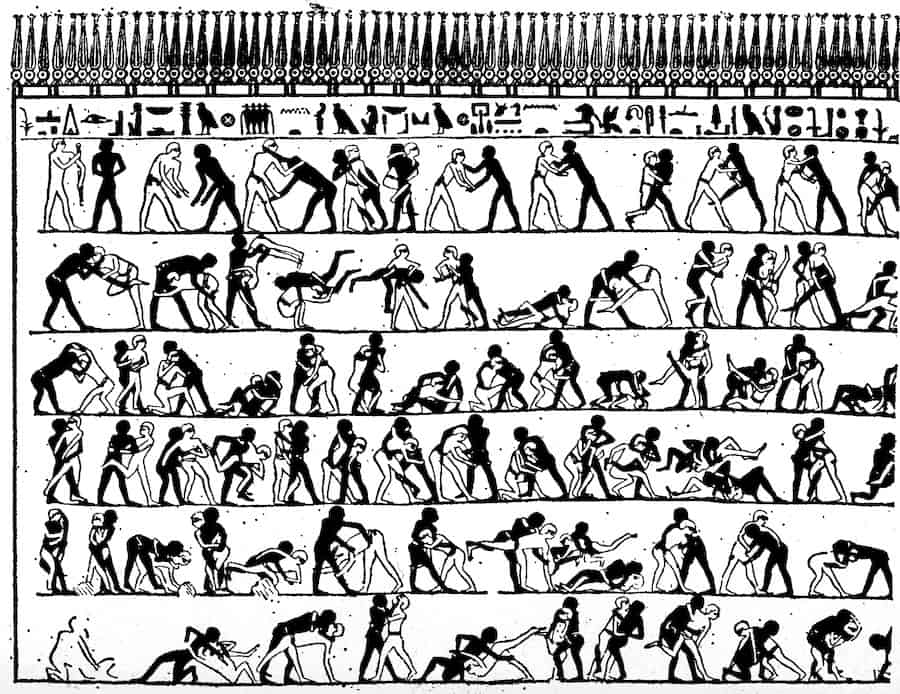
Animation in themed entertainment
At Falcon’s, we constantly challenge the limits of traditional animation so we can expand into unimaginable realms and bring new experiences to the masses through themed entertainment. We are well acquainted with what it takes to create custom content for a variety of venues and applications, including dark rides, simulators, domes, interactive experiences, augmented reality, virtual reality, and others.
From time to time, we develop animation for a traditional 16:9 film format, but it’s rare. The content we create is usually shown in immersive environments that envelop the audience, causing them to have to move their heads or turn around to follow the action.

Guests have been yearning for a deeper level of engagement, and the introduction of custom formats helps fill that desire. Guests can have a different experience upon repeat viewings because they’re not limited to the screen that’s right in front of them. They actually have a say in what they see, in a way. This freedom draws audiences deeper into the story, but it also poses new challenges for animators.
The animation process is the same as it was before. We still follow the proven principles that Johnston and Thomas described.
But the varying venues and the viewers’ newfound freedom must now be taken into consideration. Animators need to ponder a new set of questions, such as how to scale the characters on-screen and where the viewers’ eyes should be directed.
Capturing the audience’s attention
Battle for Eire at Busch Gardens Williamsburg, a 3D virtual reality motion simulator experience that Falcon’s Creative Group worked on, illustrates this point very well.
With the help of an innovative headset, riders are transported to a beautiful virtual world. They can look all around, in every direction, at the stunning landscape. To the left is a vibrant waterfall; to the right is a dark, shadowed land; behind them is a green forest swept in captivating lighting.
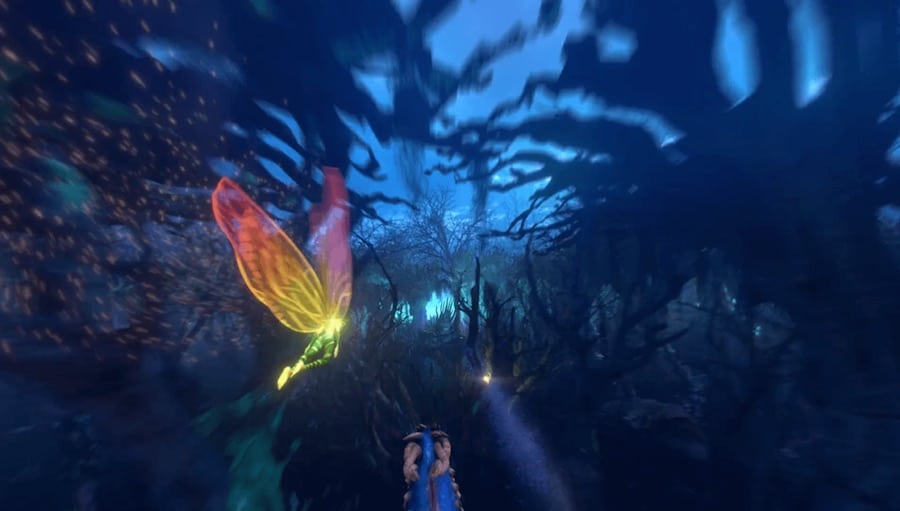
All of these could potentially compete with the main character, a fairy guide who is right in front of the audience. As themed entertainment animators, we know we have to capture and maintain the audience’s attention on that talking fairy. She must draw people’s eyes to her. After all, she’s the storyteller.
We face similar challenges when developing content for a 360° venue. Every scene needs to be carefully crafted, and choices are always present.
One of the biggest questions we have to answer is, do we want to create a linear experience with basically one narrative, or do we want to maximize the nature of the venue by creating multiple points of interest in a scene? Our decision determines how we choreograph the action.
Modern-day animation
Hulk: Epsilon Base 3D at IMG Worlds of Adventure in Dubai represents the inaugural usage of our CircuMotion Theater. One of the main intentions with this 360° attraction system is to showcase multiple points of interest. In this case, Hulk and Iron Man fight on opposite sides of the dome.
The first time a guest rides, they can choose to focus on the big green guy, but for their second spin, they can lock in on Iron Man. The point is, they have that option.
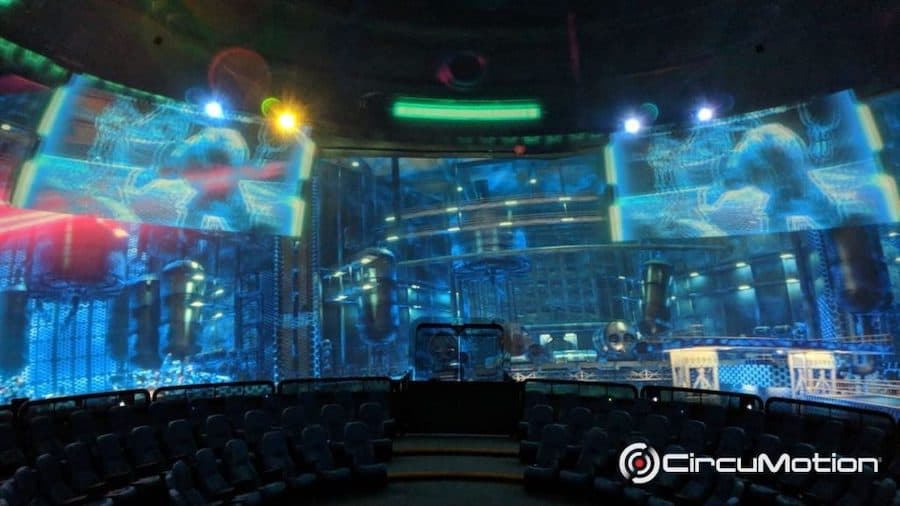
There’s something else that separates traditional animated filmmaking from the work we do in themed entertainment at Falcon’s. Typically, in animated films, each scene has a different number of sequences. The sequences are further divided into shots, and each shot (or sometimes each character) is assigned to a single animator.
In animated filmmaking, animators have natural places to cut between characters who share the same scene. That is not the case at Falcon’s. Because a lot of our media is one long shot, we have to create our own cuts. The average shot in an animated film is around 150 frames. That equates to five seconds. Our shots often contain thousands of frames. Now we’re talking about minutes, not seconds.
We also face the problem of showing the same character(s) on screen for the entire duration of the shot. This might not sound like a big deal, but with minutes of content, we have to utilize different animators’ work.
New animation techniques in themed entertainment
One strategic approach we take is briefly hiding the character behind something, which allows us to seamlessly switch to another animator’s content.
Another workaround is lining up poses, which is where we take the last pose from one animator and “match” it to another’s first pose. Think of each frame as a drawing or “pose.” In theory, it should be as easy as making sure the last pose and first pose are the same, but nothing is that simple!

Our work for the Jurassic Island Superflume ride is a great example of the latter technique in action. The photorealistic, immersive, virtual reality film was formatted for a 270° screen. There were no camera cuts.
T. rexes and velociraptors sometimes had different end frames. The biggest challenge? Two massive T. rexes that we could not hide behind anything. The shot was too long for a single animator, so we divvied up the workload between three animators, stitching their shots together into a single 90-second shot.
Seeing themed entertainment animation projects come together, like the ones mentioned here, is thrilling. We know we’re one of the few companies that can deliver these kinds of immersive experiences, which makes the process even more gratifying. At Falcon’s, we test the limits of animation, but all the hard work and extra effort are worth every click of the mouse. We can almost see Disney’s pioneers smiling over that one.
Top image: Battle For Eire, VR attraction in Busch Gardens Williamsburg
